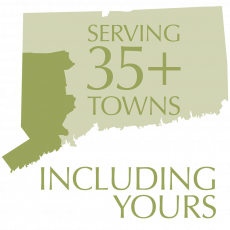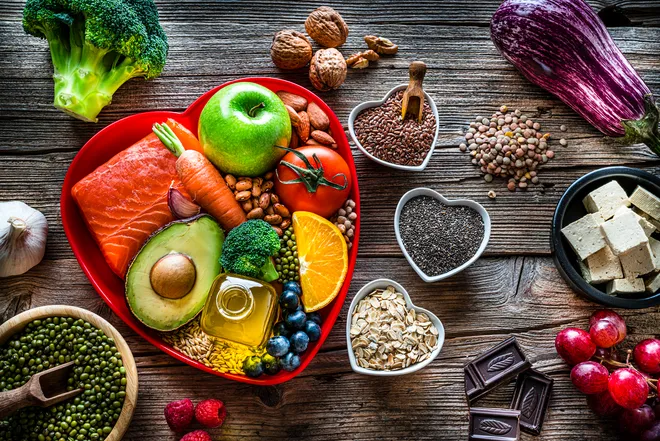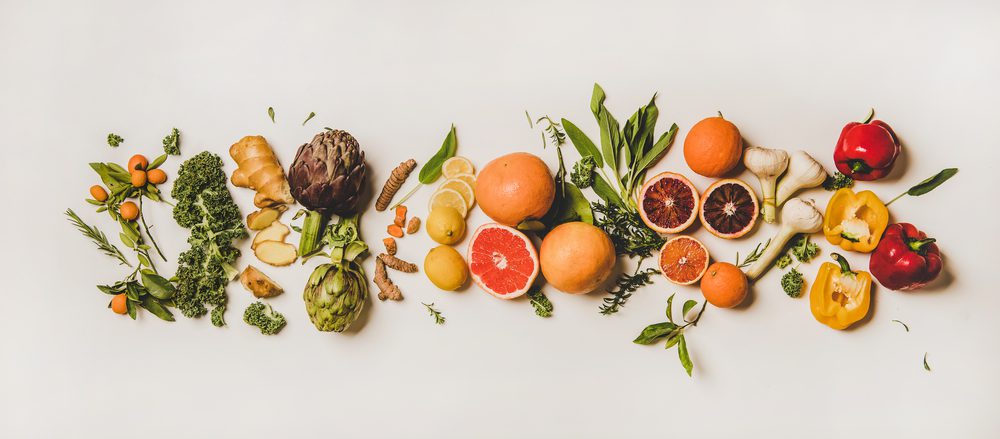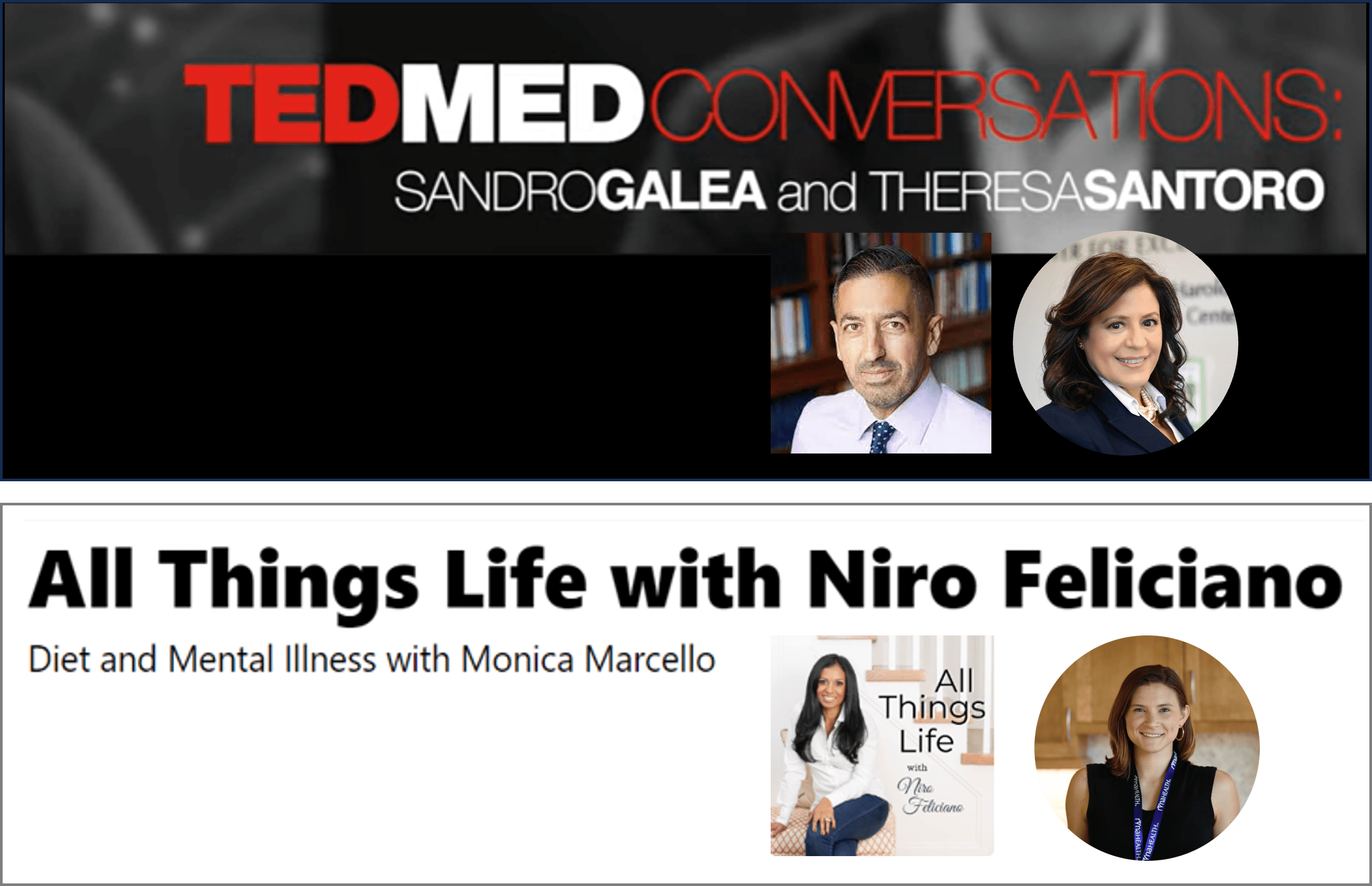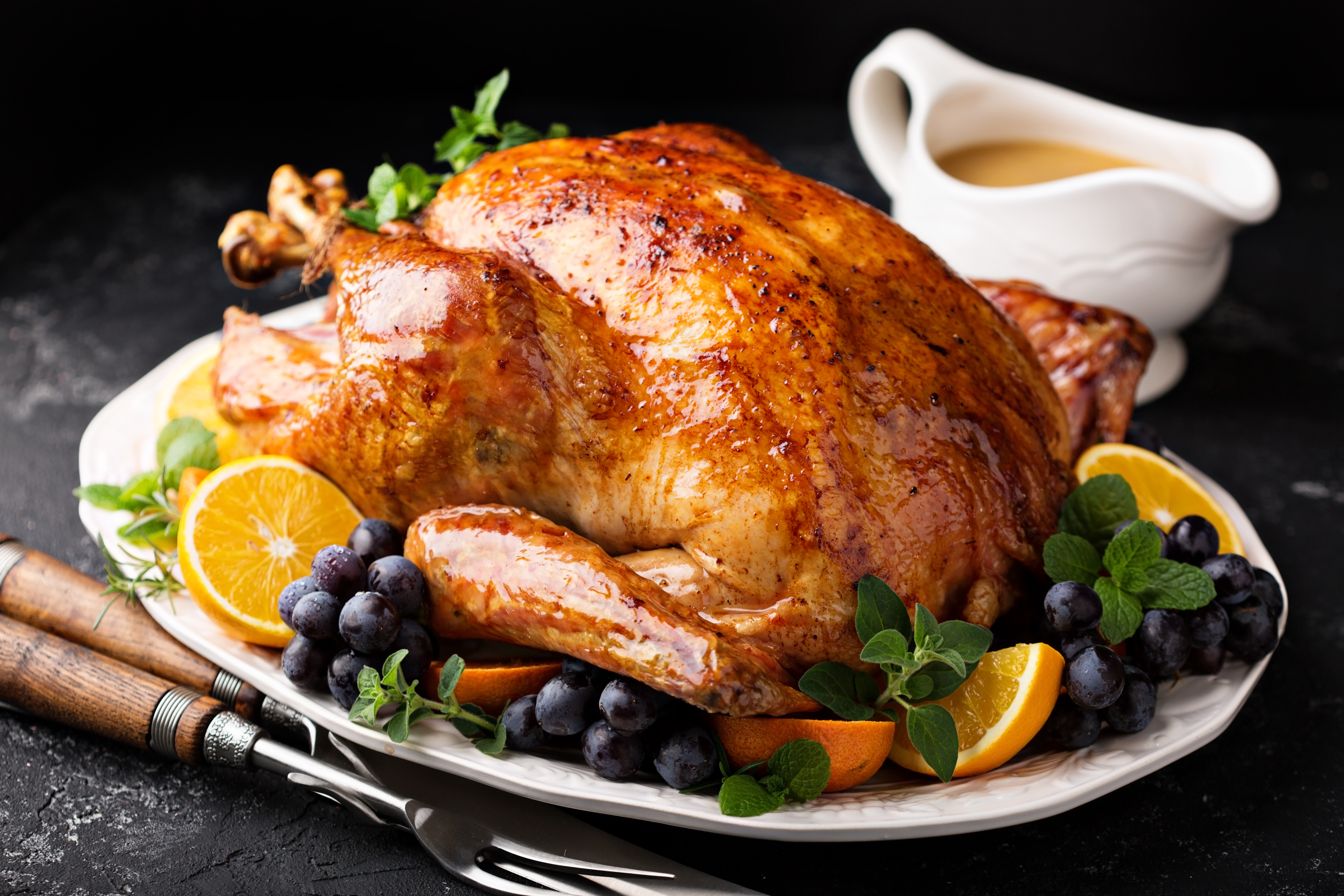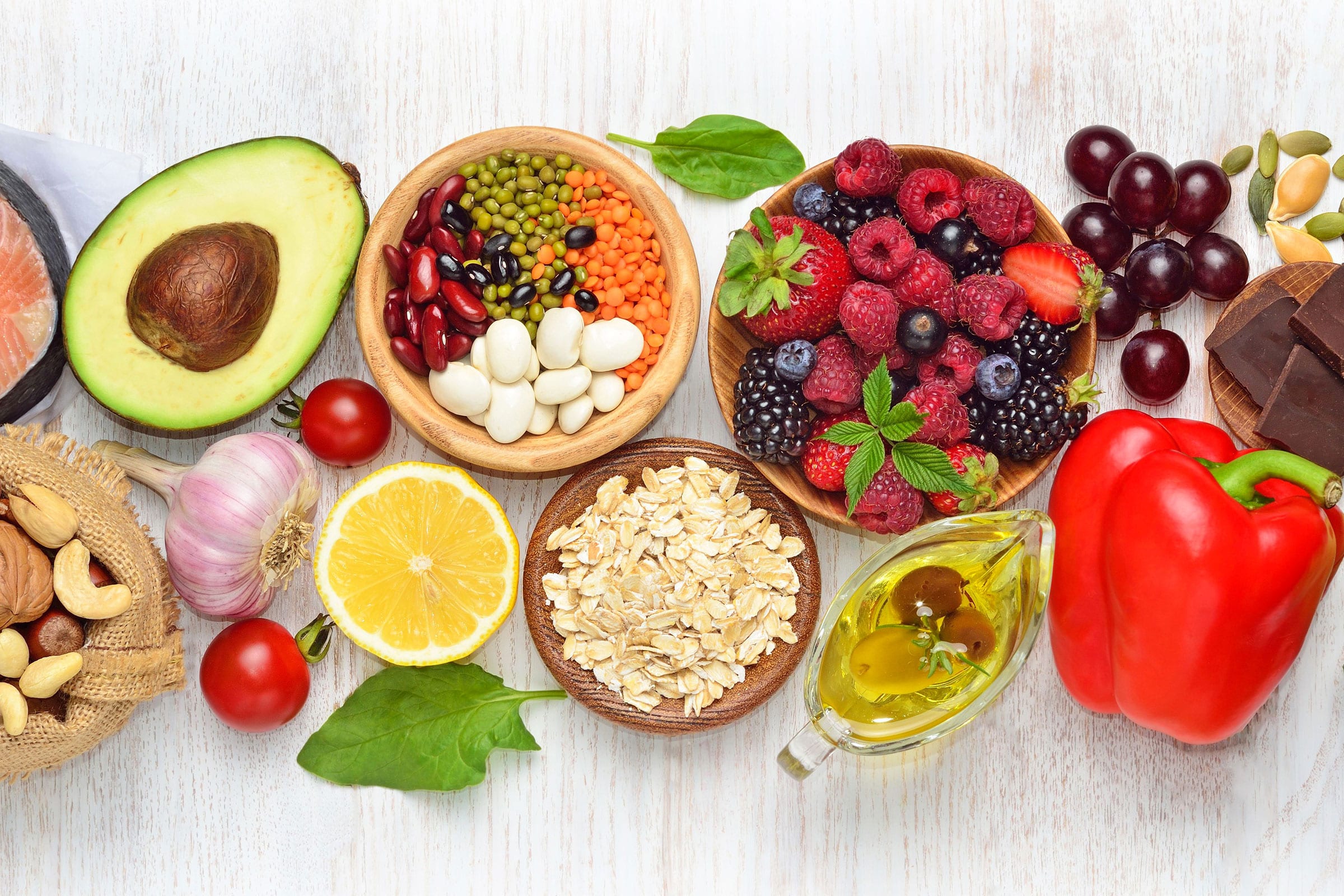Meg Whitbeck with the men in her life: (l to r) her husband Drew and sons Luke and Parker
One of the great things about Meg Whitbeck, MS RDN, is that even though she’s a registered dietitian and nutrition educator — and an excellent one at that
— she doesn’t make you feel bad if she catches you eating a piece of
decadent cheese. Or a malted milk ball. If she catches you doing a
juice-only fast, however, Meg may look at you askance.
Meg knows that good nutrition is a critical component to feeling your best, and that means eating a breadth of the right things for you, not depriving yourself altogether.
Another great thing about Meg is that she is deeply and genuinely kind, and one of the more comedic people in the world. Which makes it pretty spectacular that she’s right here at RVNAhealth.
Meet Meg Whitbeck …
Where did you grow up and where do you live now?
I grew up in Brewster, NY and now live in Ridgefield, CT.
How long have you been at RVNAhealth?
I began working here in January 2016.
What brought you to RVNAhealth?
The opportunity to be a part of RVNAhealth’s center for excellence and to spearhead our nutrition program.
Describe your role at RVNAhealth.
I am the Registered Dietitian and Nutrition Educator. I support our clinical staff by offering outpatient nutrition counseling and education. In addition, I hold classes and seminars throughout the year and offer community-based nutrition events.
What is your favorite part of your job?
Definitely spending time with my patients and improving the quality of their lives.
Did you ever consider becoming a nurse?
Mmmmm. No.
When did you realize that you wanted to become a dietitian?
At age 23, when I was diagnosed with celiac disease and met my
dietitian — this amazing woman who helped me to eat again. I realized
that — behold! — I could merge science, healthcare, and people. I never
looked back. At the time, I was a molecular genetics technician, so my
career changed dramatically. I still have a soft spot for genetics,
though!
What do you love to do when you’re not working?
Run, bake, dance, volunteer!
What is your hidden talent?
I sing and play the piano.
What would you do if you won the lottery?
I have nine siblings and would pay off all of their mortgages.
In addition, I would buy a big house in Ridgefield and host many
wonderful parties! I would definitely keep working because I LOVE my
job!
Do you have a favorite RVNAhealth moment or story?
There have been so many! Lately, I have been inspired by my colleagues who work so tirelessly to provide exceptional care. I am in awe of the skill sets and expertise that I am surrounded by here at RVNAhealth. From marketing to development, nursing to occupational therapy, rehab to hospice – we have the best of the best here.
What are you doing for Thanksgiving*?
I am helping with a new effort in town: The Ridgefield Community Thanksgiving Dinner for local people looking for a nice meal to share. I will be overseeing food handling and food prep as part of a collaboration between a collection of local organizations, including St. Mary’s Parish, Meals on Wheels, Jesse Lee, Dimitri’s Diner, Melillo Farms, Bernard’s, Adam Broderick, Caraluzzi’s, Genoa Deli, JK’s Original Texas Hot Weiners, and RVNAhealth, of course! Plus, some lovely anonymous supporters.
I will be there with my husband and sons and we are going to have a ball!
*This post was prepared in November 2018.
What is your favorite book? Movie?
My favorite book is The Count of Monte Cristo and my favorite movie is The Princess Bride.
If you had a racehorse, what would you name it?
Slow Poke
If you could eat one food for a year, what would it be?
Soup!



